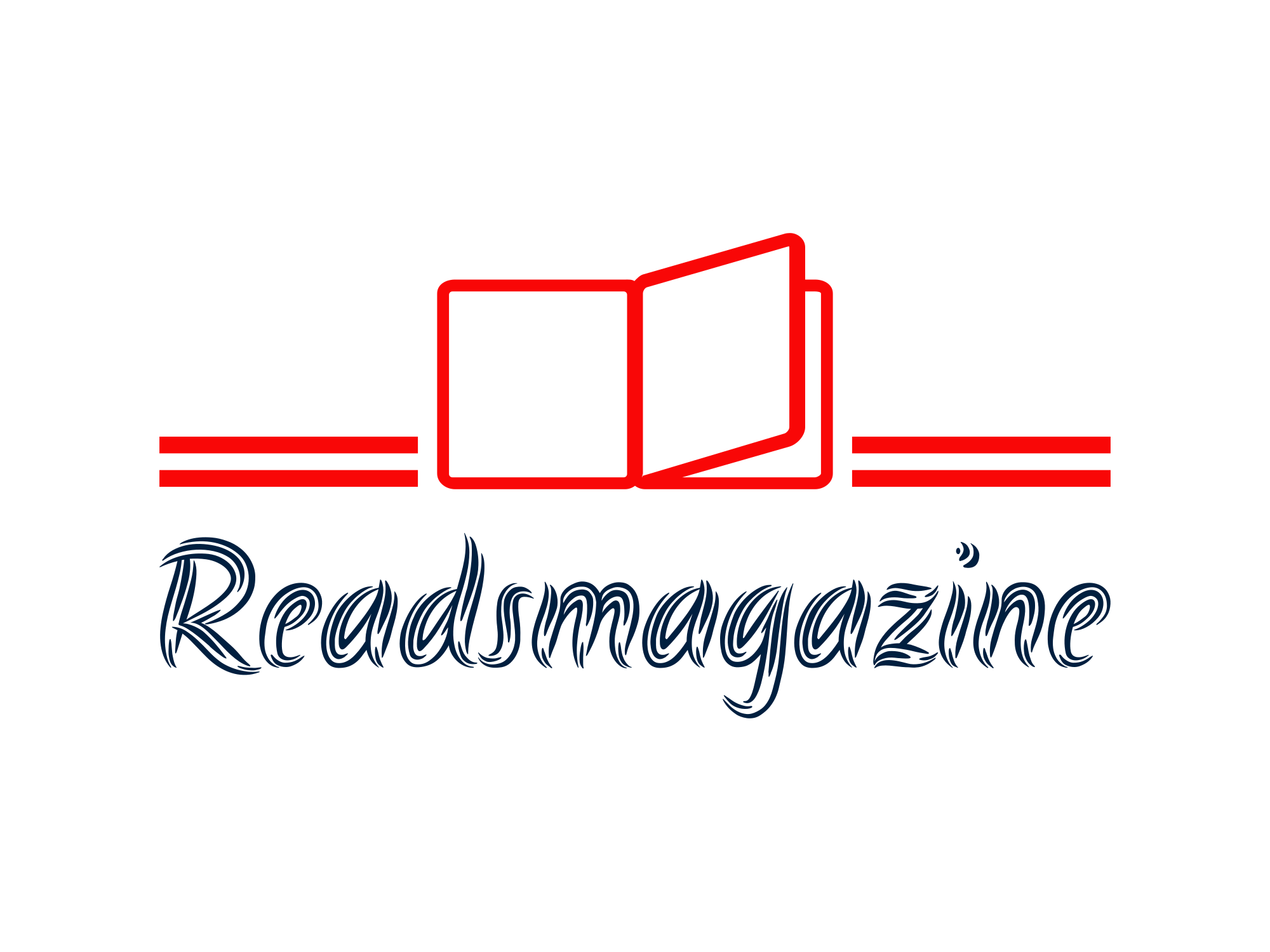Explore the tragic and remarkable story behind Hisashi Ouchi photos. Discover the ultimate guide for 2024 now!
Hisashi ouchi photos Story
Hisashi Ouchi’s story is both tragic and first rate. Let me proportion a few key information about him and the Tokaimura coincidence:
The Tokaimura Accident:
- On September 30, 1999, Hisashi Ouchi, in conjunction with two other employees, become purifying uranium oxide at a nuclear fuel processing plant in Tokaimura, Japan.
- Due to a protocol violation, they blended nuclear chemical substances with the aid of hand, causing a nuclear chain response.
- A flash of blue light signaled the start of Japan’s worst nuclear coincidence up until the Fukushima catastrophe in 2011.
Radiation Exposure:
- Ouchi obtained an exceptional dose of radiation—round 17 sieverts (Sv).
- Neutron radiation blasted his frame, causing on the spot ache, nausea, and lack of recognition.
- He survived for eighty three days, notwithstanding his body deteriorating and being prone to infections.
Heartbreaking Treatment:
- Ouchi changed into saved in a special radiation ward to shield him from pathogens.
- He flatlined from heart assaults but turned into revived at his family’s insistence.
- After 83 agonizing days, he sooner or later succumbed to cardiac arrest.
These actual photographs of Hisashi Ouchi serve as a stark reminder of the devastating consequences of radiation exposure. His story remains a testomony to human staying power and the tragic effects of nuclear injuries

How did this accident impact nuclear safety protocols?
The Tokaimura twist of fate had widespread implications for nuclear protection protocols worldwide. Here are some key influences:
Regulatory Changes:
- Japan revised its nuclear protection regulations and suggestions to prevent comparable accidents.
- International agencies, such as the International Atomic Energy Agency (IAEA), also reviewed and updated safety standards.
Emergency Preparedness:
- The twist of fate highlighted the importance of emergency response plans.
- Nuclear facilities worldwide bolstered education for personnel to handle emergencies successfully.
Safety Culture Shift:
- The tragedy emphasized the want for a sturdy protection culture within nuclear centers.
- Organizations started prioritizing safety over production and efficiency.
Public Awareness:
- The incident raised public awareness about nuclear dangers.
- Communities near nuclear flora demanded transparency and better protection measures.
Lessons Learned:
- The Tokaimura twist of fate served as a sobering lesson for the whole nuclear enterprise.
- It underscored the want for strict adherence to safety protocols and non-stop development.
In summary, Hisashi Ouchi’s suffering caused crucial adjustments in nuclear protection practices, emphasizing prevention, preparedness, and transparency.
The Harrowing Photos Of Hisashi Ouchi’s Injuries
The harrowing snap shots of Hisashi Ouchi’s accidents serve as a stark reminder of the devastating outcomes of nuclear injuries. These pics seize the inconceivable struggling that Ouchi persevered inside the aftermath of the Tokaimura nuclear coincidence in 1999. The sight of his critically burned and radiation-broken body is absolutely intestine-wrenching, evoking feelings of surprise and horror in all who view them.
Despite the picture nature of these pictures, they’re an crucial part of Ouchi’s story, losing mild on the volume of his accidents and the scientific challenges he confronted. They function a testomony to his high-quality resilience and could to live on, as well as a stark warning approximately the risks of nuclear electricity.
Ultimately, those snap shots are a poignant reminder of the tragic results that can result from human blunders and negligence in excessive-danger industries like nuclear strength.
The Medical Treatment And Experiments Performed On Hisashi Ouchi
The medical remedy and experiments done on Hisashi Ouchi were considerable and arguable. After being exposed to a lethal dose of radiation in a criticality accident at the Tokaimura nuclear facility, Ouchi became taken to the University of Tokyo Hospital for remedy. Doctors confronted the daunting task of looking to shop his existence while also studying the outcomes of such excessive levels of radiation on the human body.
Ouchi underwent numerous experimental remedies, which includes blood transfusions, skin grafts, and stem mobile therapy. Despite their efforts, his condition persisted to become worse swiftly. The medical group faced ethical dilemmas as they struggled to stability their obligation to save Ouchi’s existence with the capability blessings of gaining valuable research facts from his case. Ultimately, after struggling excruciating pain for 83 days, Hisashi Ouchi succumbed to his injuries in what became a cautionary tale about the dangers of working with nuclear materials
The Ethical Controversy Surrounding Hisashi Ouchi’s Treatment
The moral controversy surrounding Hisashi Ouchi’s remedy has stirred debates inside the medical community and society as an entire. Ouchi suffered from extreme radiation publicity at some stage in a nuclear twist of fate on the Tokaimura nuclear facility in 1999, ensuing in massive damage to his frame. Despite docs’ efforts to keep him, Ouchi’s situation endured to go to pot, main to excruciating ache and suffering.
The controversy arises from the decision to keep remedy on Ouchi, notwithstanding his irreversible condition and terrible analysis. Some argue that prolonging his existence through excessive measures become unethical, because it subjected him to unnecessary pain and suffering. Others consider that each attempt should were made to shop Ouchi’s existence, regardless of the final results.

The case of Hisashi Ouchi increases vital questions about scientific ethics, stop-of-life care, and the limits of scientific intervention in instances of excessive radiation exposure. It serves as a stark reminder of the complex ethical dilemmas faced by using healthcare professionals while treating significantly ill sufferers
The Aftermath Of Hisashi Ouchi’s Death And Legacy
The aftermath of Hisashi Ouchi’s dying left a long-lasting effect on his circle of relatives, buddies, and the clinical community. His tragic and painful ordeal delivered to mild the risks of operating with nuclear energy and the importance of strict protection protocols in such environments. Ouchi’s story also sparked debates approximately the ethical implications of engaging in such excessive clinical treatments on individuals who may additionally have little threat of survival.
Despite the controversy surrounding his remedy, Ouchi’s legacy continues to stay on as a cautionary story for the ones working in high-hazard industries. His case serves as a reminder of the devastating consequences that may occur whilst safety measures aren’t nicely accompanied. It also highlights the need for endured studies and schooling with a view to prevent similar tragedies from taking place inside the future.
Lessons Learned From The Tragedy Of Hisashi Ouchi
One of the most poignant classes we are able to research from the tragic story of Hisashi Ouchi is the significance of prioritizing human lifestyles over clinical development. Ouchi’s case serves as a stark reminder that moral concerns need to always take priority in any medical test or clinical process. The pursuit of knowledge should never come on the price of a person’s well-being and dignity.
Additionally, Ouchi’s story underscores the vital need for clean verbal exchange and knowledgeable consent in any clinical treatment involving experimental methods. Patients have to be fully aware of the capability dangers and results before agreeing to participate in such endeavors.
Ultimately, the tragedy of Hisashi Ouchi serves as a cautionary tale about the risks of unchecked clinical interest and the vital to uphold ethical standards in all areas of studies and healthcare.







Saved as a favorite, I like your website!
Look at my web blog: John E. Snyder